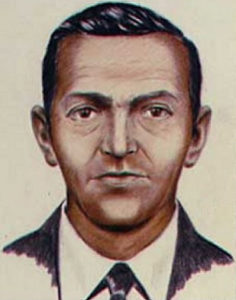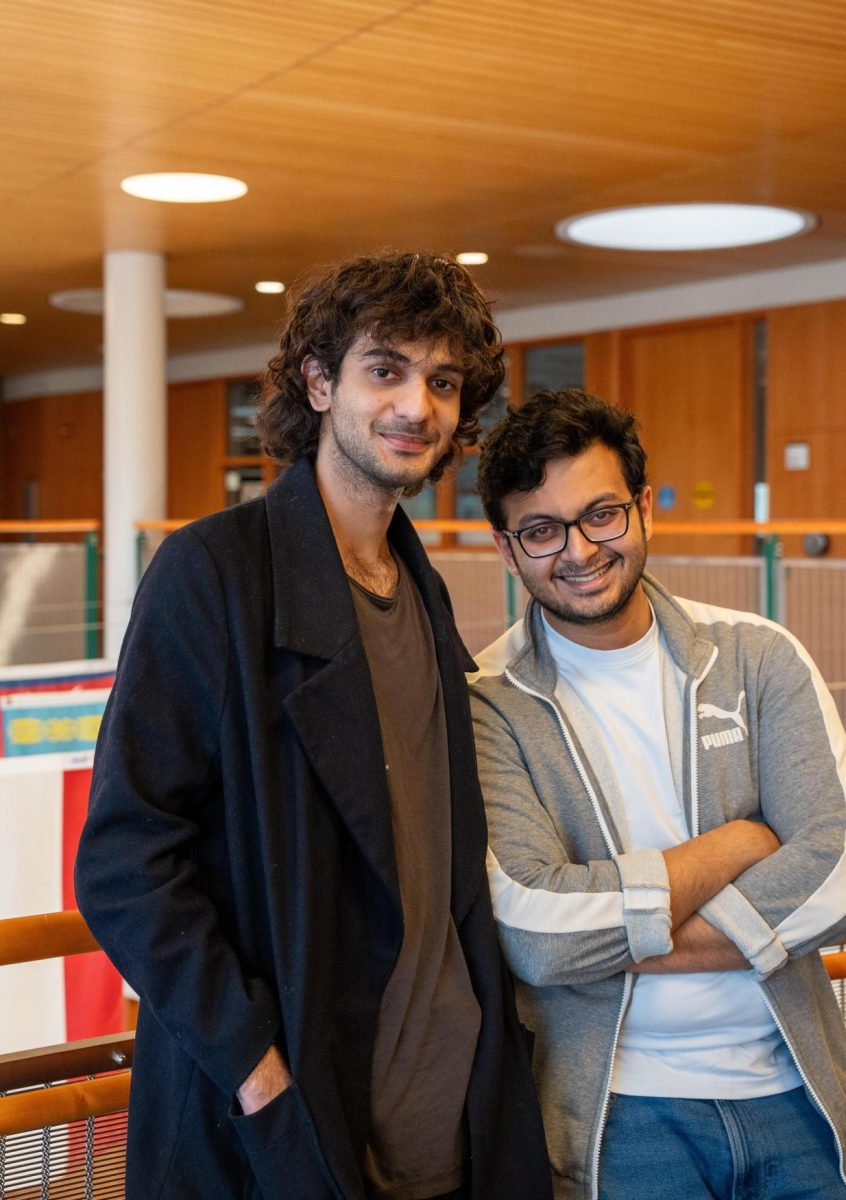Quick Cold Cases is a column in which various S&B staff members briefly dive into cold cases from across the globe. Each writer provides a brief summary of the case before using their best investigative skills to describe what they believe happened.
On Nov. 24, 1971, a nondescript man calling himself Dan Cooper carried a slick, black briefcase into Portland International Airport in Oregon, and bought a one-way ticket for a 30-minute flight northwards to Seattle, Washington. A half-hour later, Cooper boarded a standard Boeing 727 aircraft, ordered a bourbon-and-soda and waited for the flight to take off.
Inside of his briefcase, there was a bomb.
Shortly after takeoff, Cooper slipped a note to one of the flight attendants, Florence Schaffner, demanding $200,000 in the form of 10,000 20-dollar bills. If these exact demands were not met, he would ignite the explosives.
Thus begins the mystery of the only unsolved air piracy case in U.S. History: The D.B. Cooper case. Though FBI agents have invested hundreds of thousands of dollars, interviewed thousands of suspects, and collected over 60 volumes of case files, the 45-year investigation was closed in 2016 without any clear lead as to the identity of Cooper.
Schaffner alerted the pilot William Scott, who called with the FBI in Seattle to comply with Cooper’s demands. In Seattle, FBI agents collected 10,000 unmarked 20-dollar bills and two civilian parachutes for Cooper. Once the plane landed, the other flight attendant, Tina Mucklow, retrieved the items and delivered them to Cooper.
Once he received the parachutes and the money, Cooper released the Schaffner and the 36 passengers, but not the pilots or Mucklow. Instead, he demanded that the crew refuel the Boeing 727, and ordered the crew to lock themselves in the cockpit and fly southwards to Mexico City. The crew complied.
At 10:15 p.m., as the jet landed for a pitstop in Reno, Nevada, Scott hesitantly opened the cockpit door, believing that Cooper had probably parachuted from the aircraft during the flight. The cabin was empty, bereft of all the money, all of Cooper’s belongings, and the man himself.
To this day, little physical evidence has been recovered from the hijacking. A black tie with a mother-of-pearl tie clip was found on the plane, along with eight of Cooper’s cigarette butts – but these butts have since been lost. Additionally, the night of the hijacking was stormy, which would’ve obscured evidence on the ground, and a precise search area was difficult to pinpoint until days after the hijacking.
With scant physical evidence, the FBI had little to go off of – until Feb. 10, 1980, when eight-year-old Brian Ingram discovered three rotting bundles of cash while raking the banks of the Columbia River. The bundles of cash – two packets of 100 twenty-dollar bills each, and one packet of 90 twenty-dollar bills – which were arranged in the same order as when they were given to Cooper eight years prior. Serial numbers confirmed they were part of Cooper’s ransom. As of April 18, 2021, no other of the 9,710 remaining bills have been retrieved.

Any aficionado of the Cooper case knows just how many compelling suspects there are. But if I had to identify the one suspect, I can say for certain that I believe Walter R. Reca (1933-2014) was D.B. Cooper.
In 2008, Reca, an ex-military paratrooper and former member of the Michigan Parachute Team, recorded a three-hour confession to his friend Carl Laurin and his niece Lisa Story. These recordings include countless details about how he allegedly conducted the hijacking, many of which were unavailable to the public prior to the FBI’s information release in 2015.
In his confession, Reca also claimed he met a truck driver at a roadside café outside just hours after he landed. Later, Jeff Osiadacz, who was working as a dump-truck driver in northern Washington, Reca’s alleged landing zone and the location of the ransom money, said a man approached him the night of the hijacking asking for help. Osiadacz described the man as looking identical to Reca. Reca also independently identified Osiadacz as the man who saw him the night of the hijacking.
“Based on his confession and all the corroborating evidence, Walt, if still alive, would be prosecuted for the hijacking of Northwest 305. I believe that Walter Reca is D.B. Cooper,” said Joe Koenig, a certified fraud examiner and forensic linguist and author of the book “Getting The Truth: I Am D.B. Cooper.”
Ultimately, what makes this case so difficult to parse out is the range of possibilities. Over the course of the investigation, multiple alternative suspects to Reca have been linked to the case. And in such a sprawling case, with so many different clues, misdirections and red-herrings, even the correct explanation may not be able to tie up all the loose-ends.
The world is unlikely to ever know the exact identity of Cooper – but the legend of the mysterious man who stepped onto that Boeing 727 nearly half-a-century ago will forever live on as an enigma in our country’s collective memory.
Any opinions expressed through columns and other S&B opinions publications belong to the writer and do not reflect the views of any or all members of the S&B staff, nor by any Grinnell associated organization.

























































